Hoya Verticillata is a lovely, distinct, vining epiphytic perennial. It is well-known for its attractive, fragrant flowers and magnificent, thick, green foliage. This beautiful vining plant is ideal for anyone who is new to gardening, considering that it is hardy and requires minimal care.
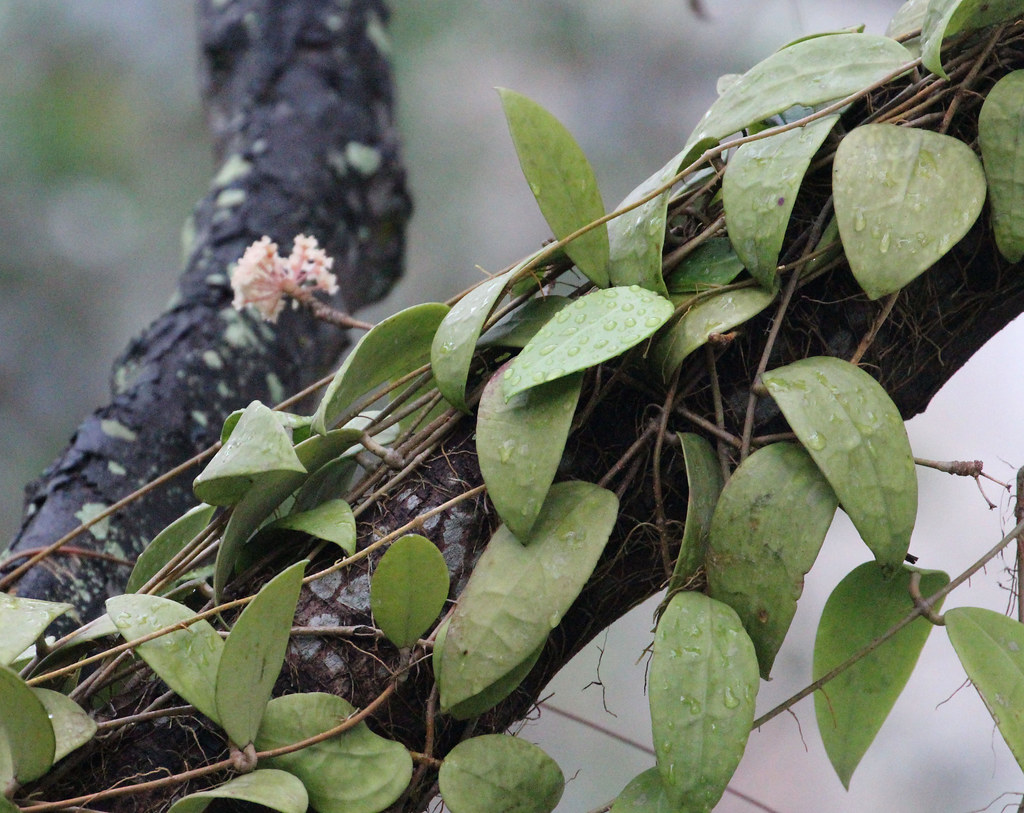
Look no further for a fascinating and low-upkeep house plant for your indoor garden. The Hoya verticillata is for sure one of the best indoor plants you can have. If you’re thinking of growing this vine, you can learn more about Hoya Verticillata and its growing methods in the sections below.
So keep on reading!
Hoya verticillata Profile
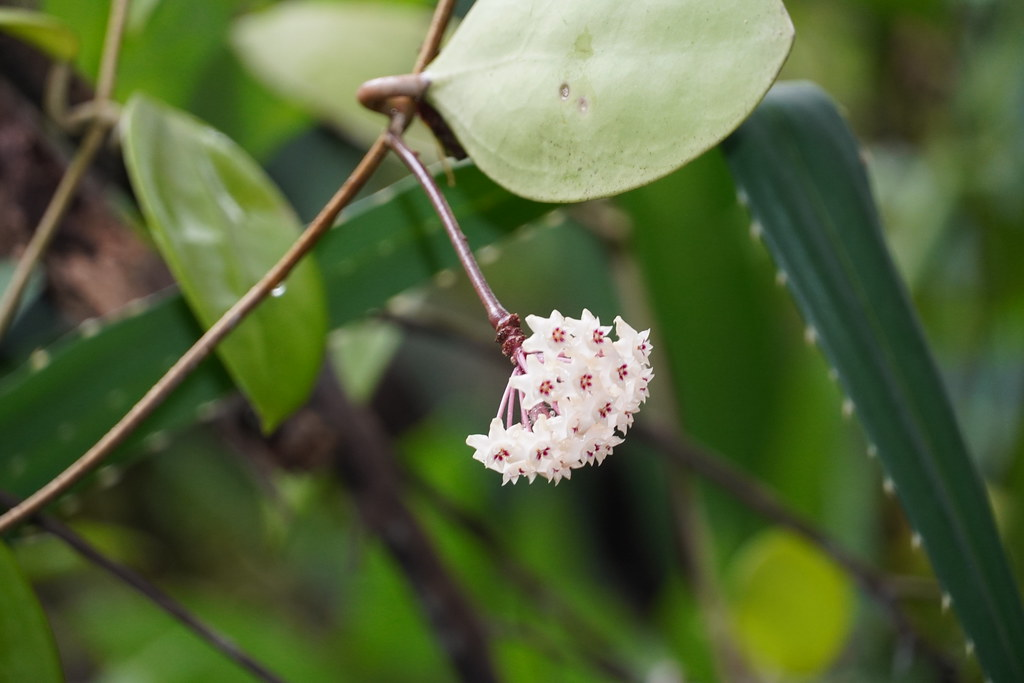
General Information
Hoya Verticillata is an epiphytic climber, flowering plant, and evergreen perennial plant species of the genus Hoya, which belongs to the Apocynaceae family. It is native to Southeast Asia, namely India, Southern China, Malaysia, Thailand, and Singapore. Hoya Verticillata is also referred to as the Wax Plant, Ridley’s Hoya, Porcelain Flower, and Hoya Plant.
This Hoya plant has lovely vining stems with sturdy, light green leaves and even lighter colored veins, as well as white/cream-hued foliage with red centers. It has star-shaped blooms that are creamy white.
Moreover, The Hoya verticillata is a tropical plant that can be cultivated as a houseplant, a vine, or a terrarium plant. Under proper growth conditions, this can reach to a maximum leaf size of 2.5–6 centimeters broad and 6–11 centimeters long.
Etymology
The genus name “Hoya” was coined by botanist Robert Brown, honoring his botanist friend, Thomas Hoy. On the other hand, The specific name verticillata originates from the Latin verticillatus, which means “whorled”. This refers to the whorled leaves, which identify this plant from related species when there are three or more evenly spaced leaves at a node.
Flowering
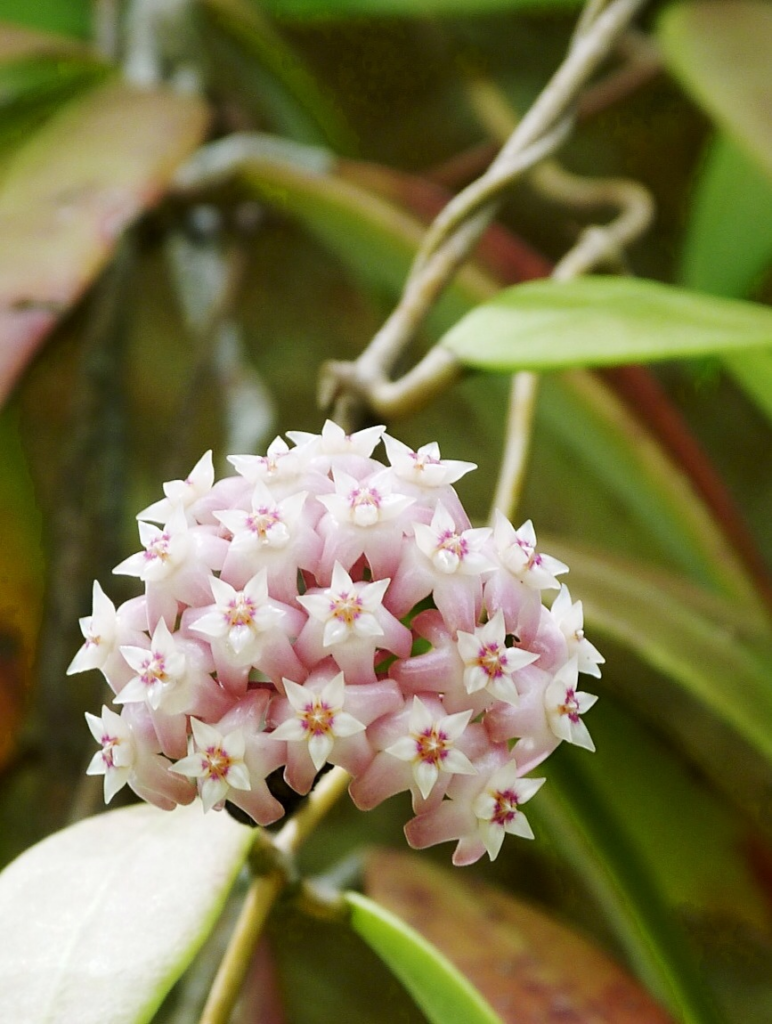
Hoya Verticillata has lovely blossoms. This gorgeous Hoya is distinguished by clusters of little white flowers, a delightful spicy smell, and cream-colored clusters of star-shaped blossoms with pink or reddish centers. It produces blooms up to 15mm in diameter with a burgundy-centered white corona and up to 30 flowers per umbel.
Season of Interest and Purchasing
The best times to see them bloom are in the spring or summer, while some types bloom best in the fall. For those who love houseplants and wish to grow tropical plants indoors for decorative purposes, this vining Hoya is a perfect plant for it has low maintenance requirements and thrives in indoor conditions.
The Hoya verticillata enhances both home decor and air quality with its fluffy, alluring look. Indeed, you can search to get a hand on this plant in your local plant nurseries or garden centers. In addition, the same plant can be found in South Florida and other warm states.
Growth
Hoya verticillata is a fast-growing species with dense, dark green, white-marginated leaves and occasional flecks. Under the right environmental conditions, the leaves are 3-6 centimeters long and 1-3 centimeters broad. The leaves of a young Hoya Verticillata appear to have a red tinge; as it matures, it will have a white tinge.
Hoya verticillata Overview
| Scientific name | Hoya verticillata |
| Common name/s | Ridley’s Hoya, Wax Plant, Ridley’s Hoya, Porcelain Flower, and Hoya Plant. |
| Family | Apocynaceae |
| Growth Habit | Herbaceous vine |
| Height and Spread | Leaves can be 3-6 centimeters long and 1-3 centimeters broad |
| Classification based on life cycle | Perennial |
| Origin and Distribution | Widely distributed in Southeast Asia, India, Southern China, Malaysia, Thailand, and Singapore |
| Climate Zone | Generally mild climate |
| USDA Plant Hardiness Zone | USDA Zone 9-11 |
| Color | Dense, dark green, white-marginated leaves and occasional flecks |
Related: Hoya Sunrise: The #1 Most Informative Care, Propagation, and Watering Guide
Care Tips

Light Requirement
The Hoya verticillata thrive most effectively in bright indirect light. Therefore, when grown indoors, you may put this plant near south-facing or east-facing windows to avoid an excessive amount of sunlight which can damage the delicate leaves of the Hoya verticillata, which are typically brilliant green.
Ensure that you avoid direct sunlight since it might make the leaves lose their color, droop, and markings. Also, under the extreme sun, the development of its peduncles will be stunted. More so, the Hoya Verticillata is not likely to bloom in dim light or inadequate light. If it does, it won’t happen right away, and you’ll probably just notice a few umbels.
Temperature Requirement
The Hoya Verticillata grows on trees in Southeast Asia’s tropical forests. This implies that it is effective in mild to warm climates. Hoya verticillata should preferably be kept in a temperature range of 60 to 90 degrees Fahrenheit so that the plants may develop and bloom. Furthermore, don’t expect these plants to flourish in cold temperatures.
These lovely blooms are tropical plants that thrive in USDA Hardiness Zones 10 and 11 since the weather is as close to tropical as it gets. Hoya plants prefer not to store them in cold conditions because it stunts their growth and causes them to wither.
Water Requirement
For Ridley’s Hoya to flourish, it needs moisture. These plants enjoy wet soil that is not soggy. In the warm months, they require a lot of moisture in the soil and the air surrounding them. The plant will require extra water in the summer as its growing season. The same as adolescents, they also require more nourishment, including both hydration and nutrients.
The Hoya plants are prone to overwatering, so you must learn to assess the soil’s moisture level. Insert your index finger into the soil until the first or second knuckle is reached. If the soil is damp, check back in a few days. Water only when the topsoil feels dry. It is recommended that the plant be watered once or twice every 7 to 14 days to keep it moist until the next watering.
Humidity Requirement
Hoya verticillata plants like relative humidity values of around 70%. They need a lot of moisture to keep their lovely, fragrant blossoms and beautiful, thick, green leaves in good condition. Therefore, it’s important to maintain proper humidity levels for growth and development.
This high humidity may be achieved using a variety of techniques, including misting and the pebble tray method. The development of this Hoya plant can also benefit from the collective humidity produced by grouping indoor plants together.
Soil Requirement
The Hoya Verticillata prefers a loose, well-draining soil type. In order for this plant to thrive and for the soil to be rich in vital nutrients, they prefer loamy or sandy substrate combinations. These plants do well in aroid potting mix and fertilize with both soluble and slow-release organic fertilizer (6.0-7.0 pH scale). This mix is nutrient-rich and moisture-preserving.
Fertilizer Requirement
Hoya Verticillata is a light feeder. Therefore, fertilizer is only necessary for the plant during the growing season. Therefore, avoiding fertilizing in the fall or winter is strongly advised.
Use a liquid fertilizer or slow-release fertilizer (for houseplants) rich in nitrogen (3:1:2) NPK ratio at half the strength of the recommended dosage to encourage healthy leaf development and color during the growing season.
Space Requirement
The Hoya verticillata enjoys intense indirect light and the shadow of south-facing or east-facing windows that are at least 3 feet away from the window. These plants also flourish in ceramic, terracotta, or hanging planters that have wide drainage holes at the base.
Furthermore, this plant should be kept at least 2.5 feet apart from its neighbors because it may grow rather huge if allowed enough space to climb.
Growing and Planting Tips
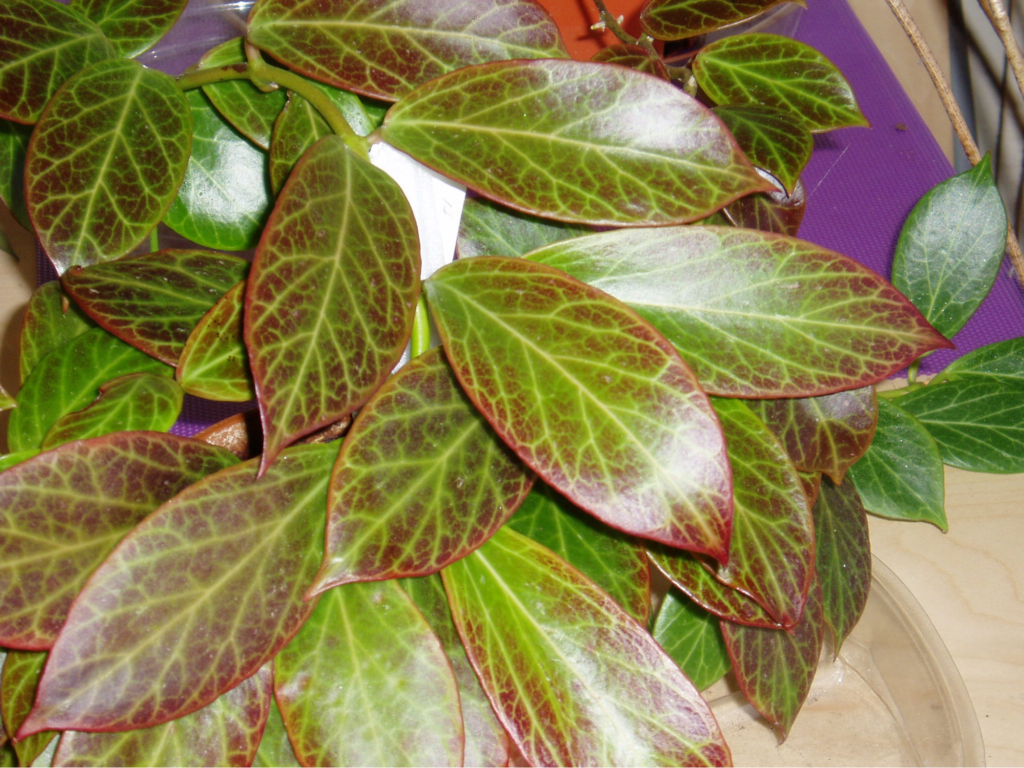
Propagation
Hoya verticillata is relatively easy to propagate via stem cuttings to create new seedlings or save a dying plant. Continue reading below for detailed information on how to propagate this plant.
Propagation by stem-cuttings
1. Choose a healthy parent plant to take cuttings from. Healthy cutting specimens will have a lot of fresh growth.
2. Select a stem that has a node or a bump where a leaf or flower bud connects. Simply remove a node below. The cutting doesn’t have to be very long, but it must have at least one node and two leaves. Typically, a cutting between four and six inches long suffices.
3. Immerse the stem with the rooting hormone where you cut it. The cutting ought to be set down on soggy terrain. Place the plant in the pot or terracotta in a warm location with enough indirect light.
4. After two to three weeks, start gently pulling on the cutting to check for roots. Until roots grow, keep the soil moist but not damp and wet. Once you observe robust development of roots, you may now either plant the cutting in the ground or into its own container.
Pruning
Hoya Verticillata is a plant that grows rapidly. Therefore, pruning on a regular basis will assist in controlling overgrowth and make the plant appear bushier. In addition, pruning the yellow/dry leaves will save the plant from wasting resources and energy on them at the expense of other, healthier parts of the plant.
Never trim its peduncles, where the blooms occur, since they take a very long time to grow.
Potting And Repotting
Terracotta pots are the ideal medium for hoyas. Because of their porous nature, they will assist the soil in drying out quicker. However, these plants also do well in ceramic or hanging planters, as long as they have well-draining holes.
The optimal time to repot is in the spring and early summer. Once every two years, repot your Hoya verticillata. Your plants will be pleased since the new soil includes new nutrients that will help them flourish. To keep the roots from growing crowded, repot the plant as soon as you notice roots popping out of the drainage holes.
Hoya verticillata Care
| Light | Medium to bright, indirect light |
| Temperature | Intermediate to warm, 60-90 degrees Fahrenheit |
| Water | Once a week, increased in summer, decreased in winter |
| Soil | Airy, well-draining soil, organic, rich |
| Fertilization | Regular household fertilizer, once a month |
| Space | Plenty of space to creep or climb, 2.5 feet between plants |
| Propagation | Via stem cuttings |
| Blooming | Spring and summer |
| Pruning | Minimal pruning |
| Potting | Regular potting mix, use of organic materials such as peat moss, perlite, charcoal, orchid bark, coconut husk, and clay balls. |
Related: Hoya Retusa: The #1 Most Informative Care, Propagation, and Watering Guide
Problem And Troubleshooting

Overwatering
There might be more severe effects on your Hoya Sunrise from overwatering a plant than just browning leaves. Excessive watering will result in root rot, sogginess, and irreversible root damage.
Check for overwatering by inserting your index finger one to two inches into the soil. If it appears dry, you may water it again. However, if it is still damp or moist, skip watering for the next day or two. Additionally, check the pot’s drainage and ensure that the soil dries between waterings.
Underwatering
Underwatering may be indicated by drooping leaves that appear to be dead. This is caused by insufficient water or losing too much water as a result of environmental circumstances, such as too much direct sunlight or extremely high temperature.
Underwatered plants are characterized by dry leaves, brown tips, leaf drops, withering, and leaf curling. Plant growers are advised to have appropriate watering routines and avoid direct sunlight.
Nutrient Deficiency
Slower growth, browning of the leaves, paler patterns, and other signs of nutrient insufficiency are possible. Feed your plant to promote root development and stronger leaves to avoid this problem. However, if you have a high-quality organic potting mix, this house plant doesn’t need a lot of fertilizer.
This plant intervention is necessary since NPK functions best in fertilizers. A suitable maintenance routine is also required to prevent a plant from suffering from nutritional shortages.
Flowering Problems
Hoya verticillata produces clusters of tiny white flowers with crimson centers. However, without adequate care, you may never see it happen. Furthermore, if you place Hoya Verticillata in a dark or shaded position, it will not blossom. Sufficient light and enough natural light is the key to Hoya flowering.
If you meet the essential requirements for your Hoya, you will have blooms all year. Some will bloom in their first year of development, while others may take two, three, or even four years to bloom.
Pests and Diseases
Hoyas attract pests. The most frequent pests that affect your Hoya verticillata are mealybugs, spider mites, and scale. Furthermore, when a plant is stressed, it is more vulnerable to fungi, bacteria, and insects.
Hoya verticillata Pests and Diseases
| Common Pests/Diseases | Symptoms | Treatment and Prevention |
Common diseases include crown rot, stem rot, root rot, leaf spot, fungal diseases, and Xanthomonas infection | Yellowish rimming around black or dark brown spots on leaves | Avoid overwatering. Keep soil dry. Avoid too high humidity. Proper ventilation is needed around the plant. Remove infected parts of fungal infections to avoid spreading |
| Common pests include mealybugs, spider mites, aphids, and scales | Visible insects on the surface | Spray plants with warm, soapy water. If infestation is present, use insecticide or neem oil. Use diatomaceous earth. |
Related: Hoya Krimson Queen: The #1 Most Informative Care, Propagation, and Watering Guide
Problems with People and Animals
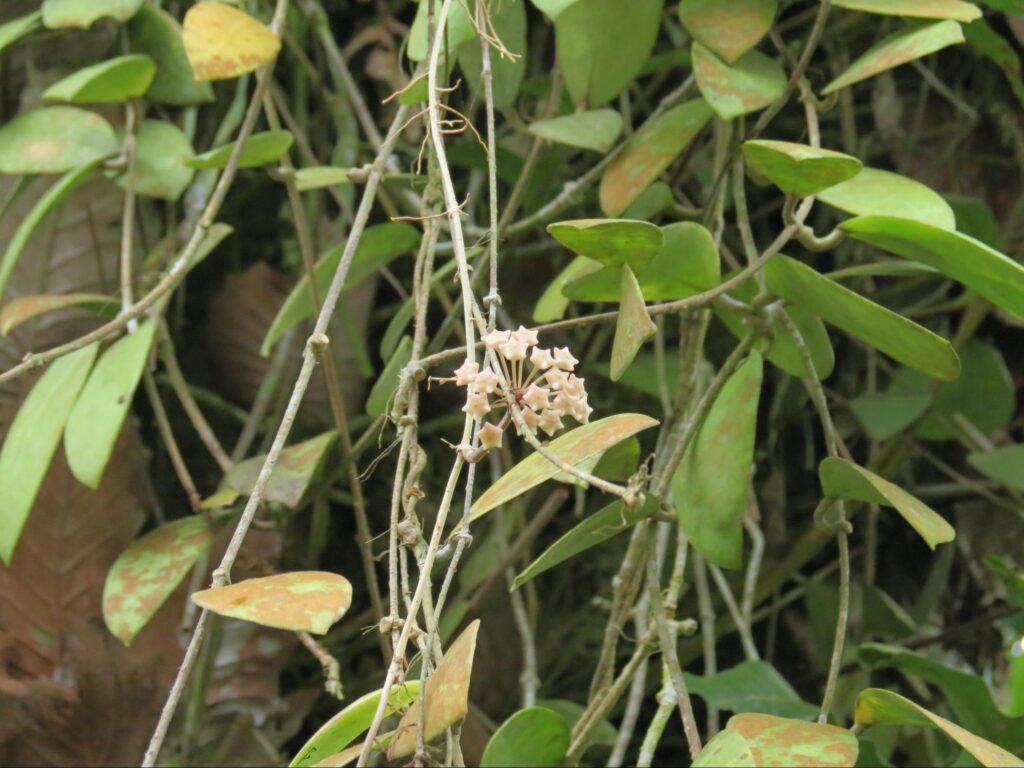
Toxicity
The Hoya verticillata, like other plants of its genus, is hazardous. Children or dogs should not ingest these plants since they generate a hazardous milky white sap. The sap is toxic to animals or humans and can make them unwell and have severe allergic reactions when ingested.
Hoya Verticillata Meaning and Symbolism
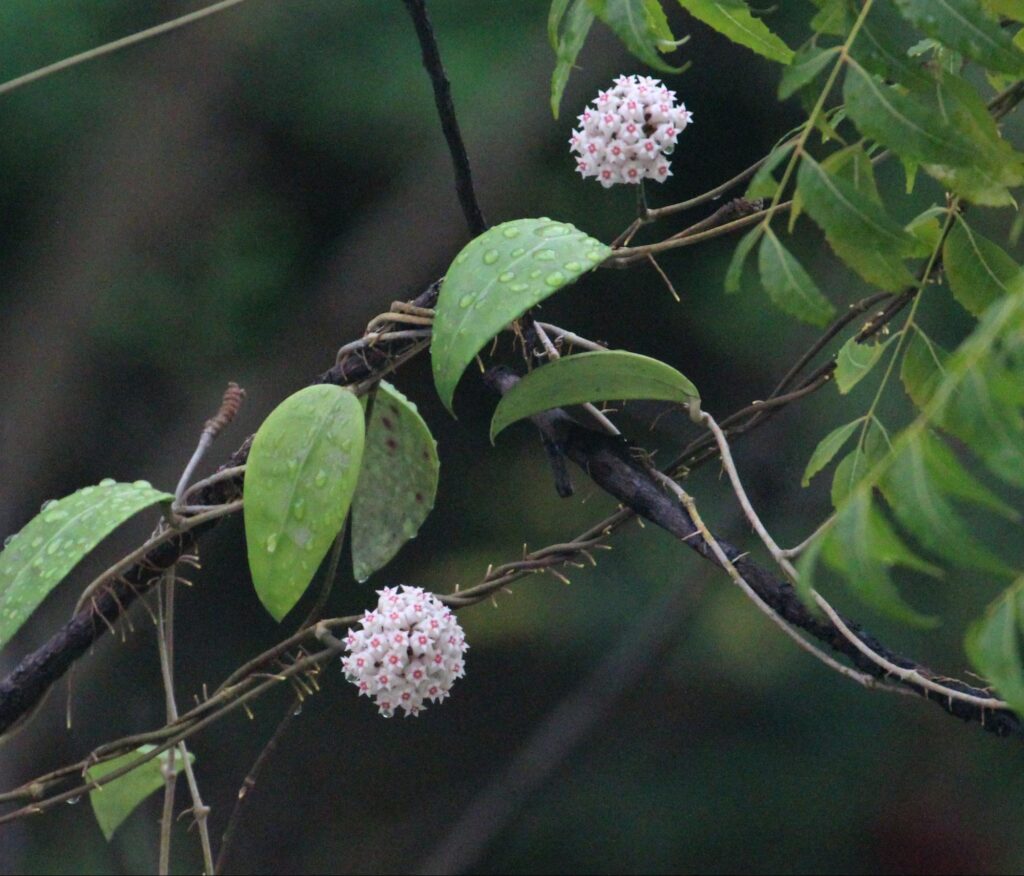
Hoyas produce lovely circular clusters of fragrant flowers. The wax plant represents wealth and safety. It is best given to people who wish for safety at all times and prosperity in life.
| General Meaning | Wealth and safety |
| Symbolism | Prosperity and safety |
Landscaping and Gardening Ideas
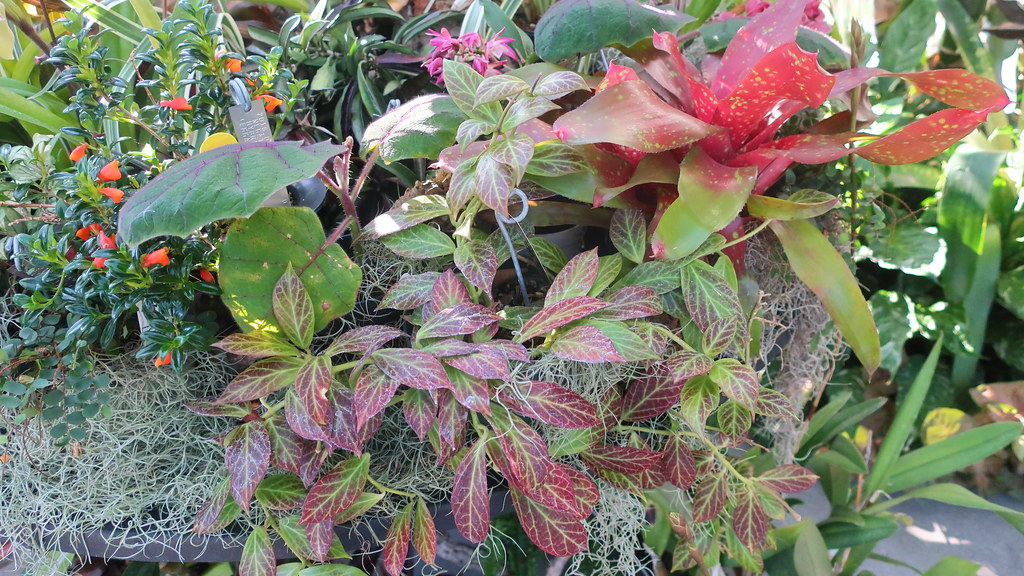
Companion Plants
Given that this type of plant likes to sprawl, the Hoya vine will thrive best when combined with other indoor plants that have lots of room in their containers. Cacti and succulents are good plant companions. They have a similar preference for warm areas and loose, well-draining soil with Hoya verticillata.
Other suitable partners for Hoya verticillata are the Chinese Evergreen or Ponytail Palm, which may be placed at the forefront of your plant so that it has something to climb on as it grows higher. For your Hoyas, these plants make adorable little hiding spots.
Landscaping Ideas
Hoya plants are unique blooming plants that may offer a unique flare to your home or yard. It grows well in clay pots, hanging baskets, small gardens, and containers. However, considering Hoya verticillata plants are climbers, they require a large and heavy container to hold the plant, such as moss poles or trellis.
It grows best indoors, where there is plenty of area for it to cascade. This plant provides a motif in the fragrant or aromatherapy garden with its attractive blossoms, decorative leaves, and fragrant flowers. It also helps to improve the atmosphere.
Conclusion
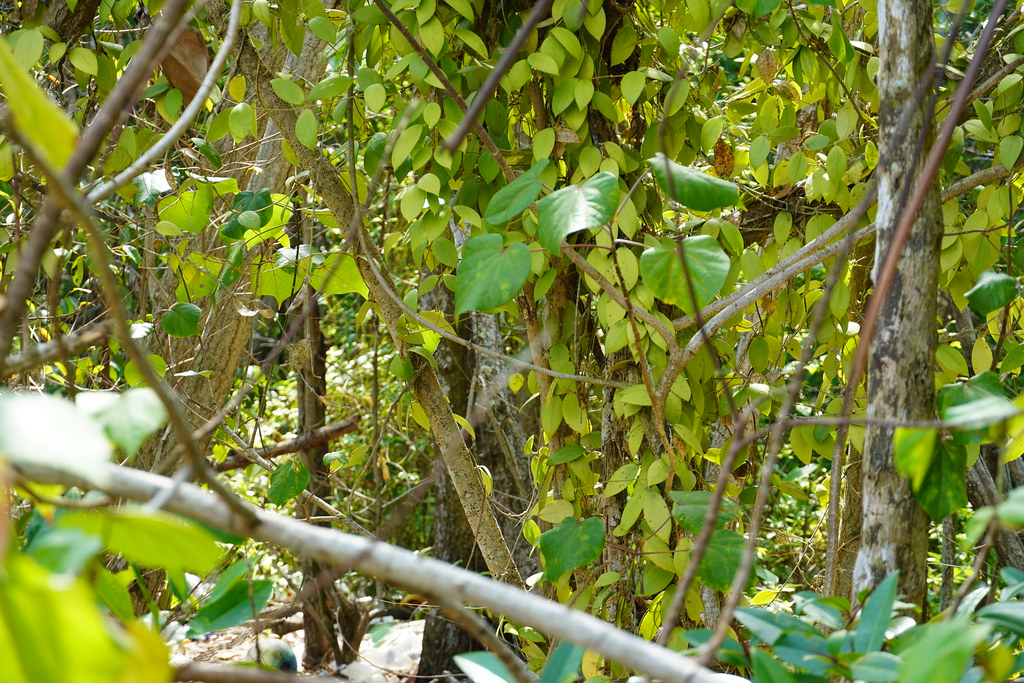
The Hoya verticillata is valued for its minimal upkeep, which makes it ideal for novices. This is a plant with a fantastic, outstanding shrub with lovely, fragrant blooms and magnificent, thick, green leaves. If you want to cultivate a plant that will best thrive in the humid atmosphere of your house, then Hoya verticillata is an excellent choice.
If you are thinking of starting a Hoya collection, do not ever miss the chance of getting this ever beautiful Hoya verticillata.
Frequently Asked Questions
Does the Hoya verticillata grow fast?
The Hoya verticillata is a mid to fast-growing vine assuming proper care and attention. Ensure that your plant receives adequate lighting, fertilizer, humidity, and watering frequency.
Does the Hoya verticillata bloom?
Yes! Hoyas are flowering vines. They flower in the summer and spring seasons when temperatures rise and humidity levels in the environment increase. Proper light quality and amount are also critical for flowering since the flowering genes of the plant are light-activated.
Why is my Hoya verticillata browning?
The browning of the plants can be due to several reasons. However, most of these symptoms are caused by water stress, particularly overwatering. Rectify your watering schedule if this is the leading cause.
However, too much light can also make your foliage brown. Make sure to place them in a bright indirect light setting to avoid having this problem.
How do you care for a Hoya verticillata?
The care for Hoya plants is fairly easy. A bright indirect light, high humidity, well-draining potting soil, and a proper watering schedule are a must to have a thriving plant. You may also need to feed your plant once a month to facilitate its growth and development.
How do you make a Hoya bushy?
Regular pruning and fertilization will make your Hoya plants bushier and fuller. Trimming stems also allows you to propagate your plant, so it is really a win-win situation for both you and your plants.
Editor’s Recommendations
Alocasia Black Velvet: An Instructive Care, Propagation, and Watering Guide
Monstera adansonii: The Complete Care, Propagation, and Watering Guide You Need
Peperomia Prostrata String of Turtles: Care, Propagation, and Watering Guide for Beginners







